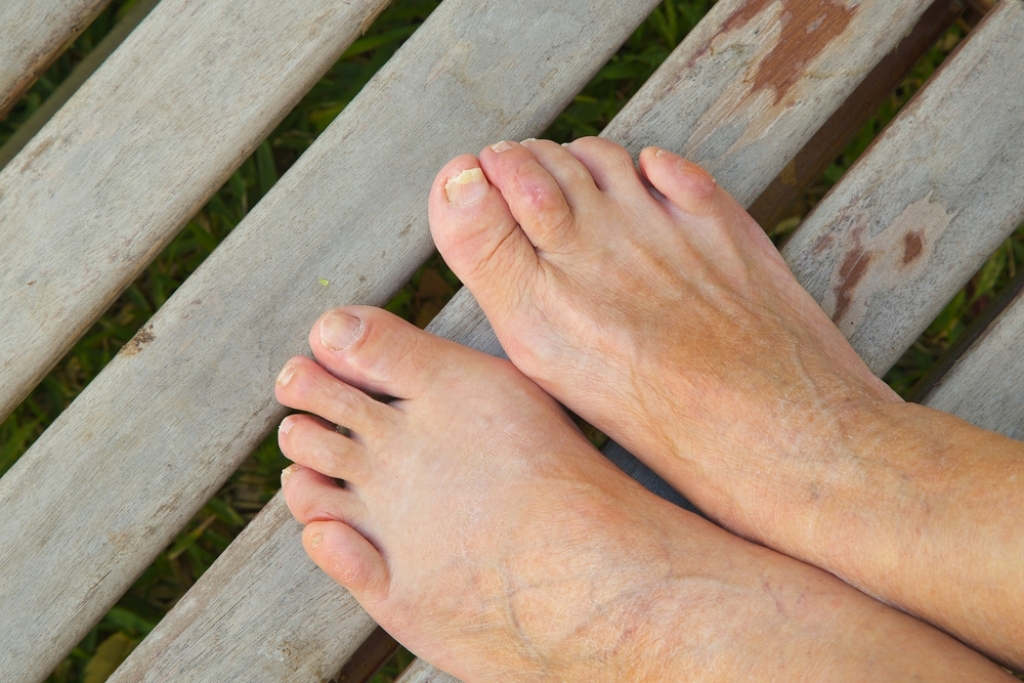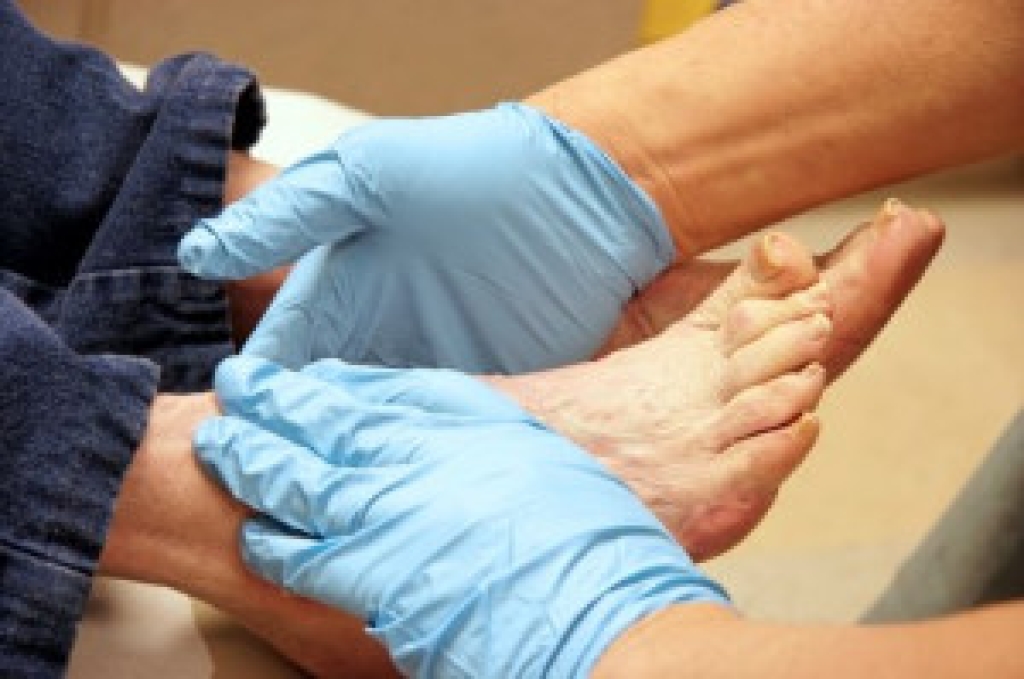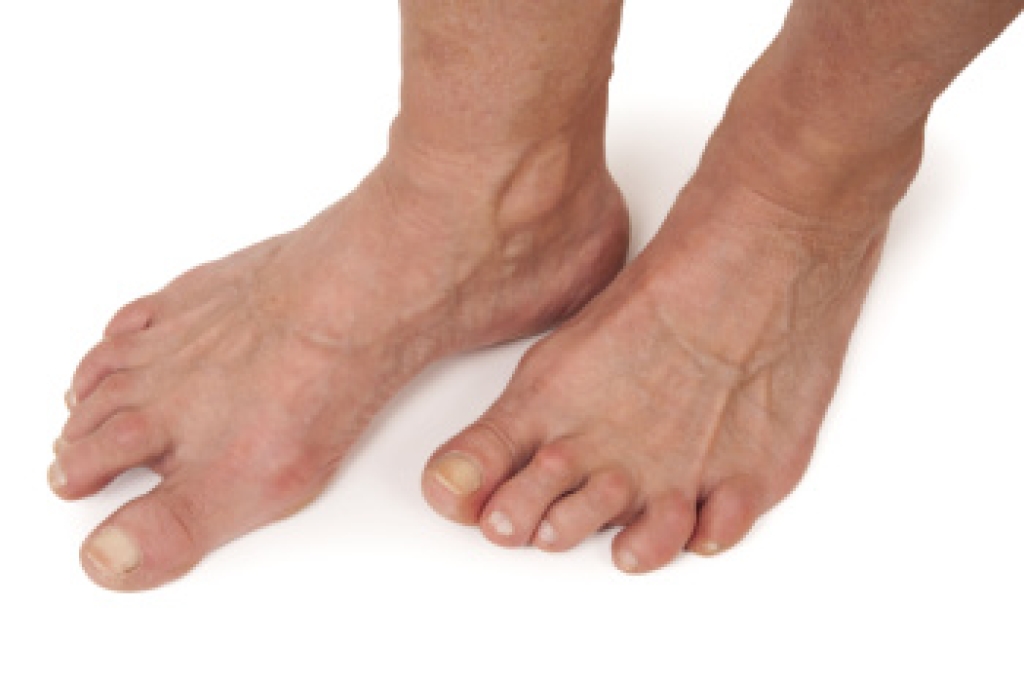
Ankle fracture surgery is sometimes needed when the bones are not in the right position to heal on their own. The goal is to realign the joint so it can regain strength, stability, and comfortable movement. After surgery, the ankle is usually protected in a cast or boot while the bone begins to mend. Swelling, bruising, and stiffness are common at first, but these improve with time, rest, and guided activity. As healing progresses, gentle targeted exercises help restore motion and confidence with walking. Wearing supportive footwear and careful weight-bearing also play important roles in the recovery process. Paying attention to discomfort, keeping follow up appointments, and following instructions closely all help ensure the best outcome. If you have concerns about a recent ankle surgery or your recovery, it is suggested that you schedule an appointment with a podiatrist for proper guidance.
Broken ankles need immediate treatment. If you are seeking treatment, contact One of our podiatrists from Oexeman Foot and Ankle, PLLC. our doctors can provide the care you need to keep you pain-free and on your feet.
Broken Ankles
A broken ankle is experienced when a person fractures their tibia or fibula in the lower leg and ankle area. Both of these bones are attached at the bottom of the leg and combine to form what we know to be our ankle.
When a physician is referring to a break of the ankle, he or she is usually referring to a break in the area where the tibia and fibula are joined to create our ankle joint. Ankles are more prone to fractures because the ankle is an area that suffers a lot of pressure and stress. There are some obvious signs when a person experiences a fractured ankle, and the following symptoms may be present.
Symptoms of a Fractured Ankle
- Excessive pain when the area is touched or when any pressure is placed on the ankle
- Swelling around the area
- Bruising of the area
- Area appears to be deformed
If you suspect an ankle fracture, it is recommended to seek treatment as soon as possible. The sooner you have your podiatrist diagnose the fracture, the quicker you’ll be on the way towards recovery.
If you have any questions, please feel free to contact our office located in Chicago, IL . We offer the newest diagnostic and treatment technologies for all your foot care needs.





